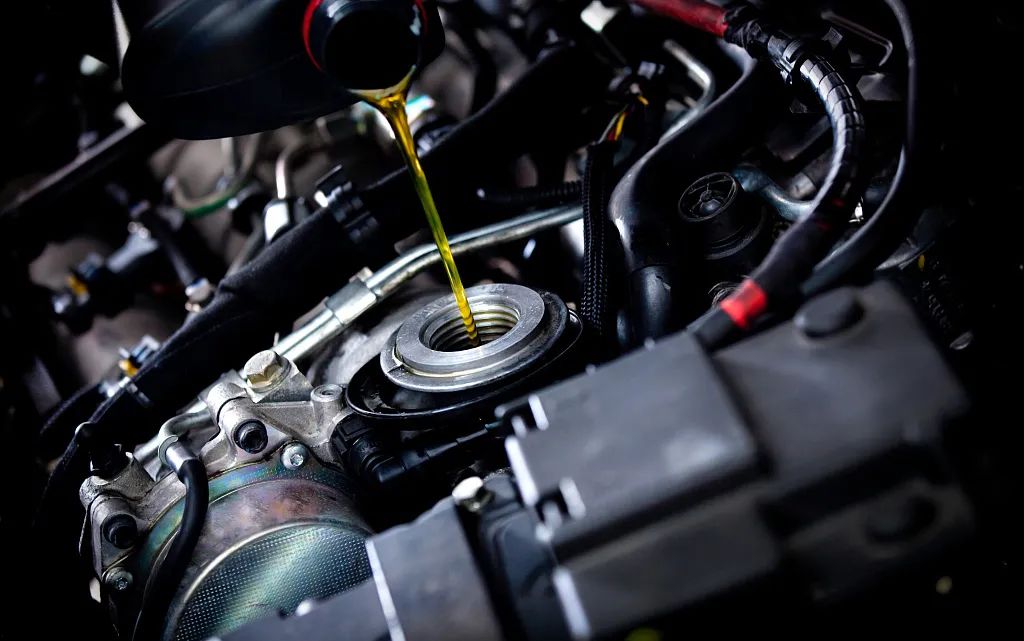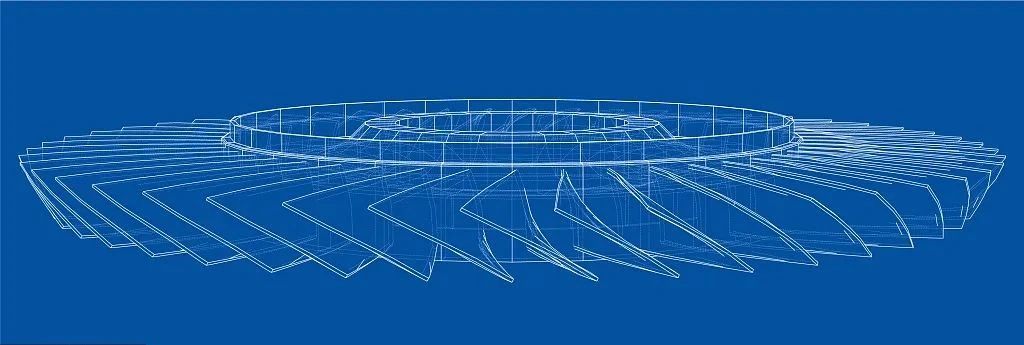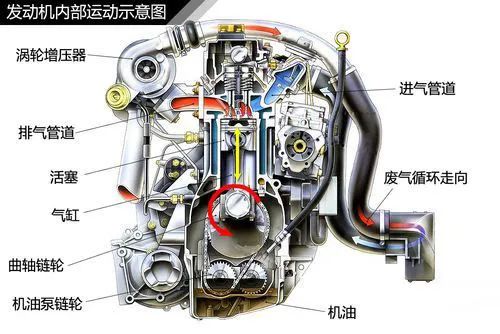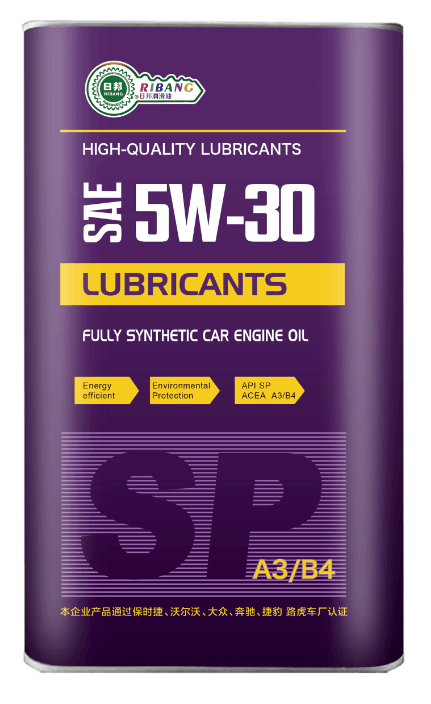- English
- 简体中文
- Esperanto
- Afrikaans
- Català
- שפה עברית
- Cymraeg
- Galego
- 繁体中文
- Latviešu
- icelandic
- ייִדיש
- беларускі
- Hrvatski
- Kreyòl ayisyen
- Shqiptar
- Malti
- lugha ya Kiswahili
- አማርኛ
- Bosanski
- Frysk
- ភាសាខ្មែរ
- ქართული
- ગુજરાતી
- Hausa
- Кыргыз тили
- ಕನ್ನಡ
- Corsa
- Kurdî
- മലയാളം
- Maori
- Монгол хэл
- Hmong
- IsiXhosa
- Zulu
- Punjabi
- پښتو
- Chichewa
- Samoa
- Sesotho
- සිංහල
- Gàidhlig
- Cebuano
- Somali
- Тоҷикӣ
- O'zbek
- Hawaiian
- سنڌي
- Shinra
- Հայերեն
- Igbo
- Sundanese
- Lëtzebuergesch
- Malagasy
- Yoruba
- Español
- Português
- русский
- Français
- 日本語
- Deutsch
- tiếng Việt
- Italiano
- Nederlands
- ภาษาไทย
- Polski
- 한국어
- Svenska
- magyar
- Malay
- বাংলা ভাষার
- Dansk
- Suomi
- हिन्दी
- Pilipino
- Türkçe
- Gaeilge
- العربية
- Indonesia
- Norsk
- تمل
- český
- ελληνικά
- український
- Javanese
- فارسی
- தமிழ்
- తెలుగు
- नेपाली
- Burmese
- български
- ລາວ
- Latine
- Қазақша
- Euskal
- Azərbaycan
- Slovenský jazyk
- Македонски
- Lietuvos
- Eesti Keel
- Română
- Slovenski
- मराठी
- Srpski језик
Are turbocharged engines really energy efficient? Don't let it fool you!
2024-03-15
Are turbocharged engines really energy efficient? Don't let it fool you!

turbocharging
engine

The biggest difference between turbocharging and ordinary naturally aspirated engine is that it is equipped with a turbine mechanism. When exhaust gas is discharged, the turbine rotates to drive air into the engine. When the turbine works, it compresses the intake air to produce more intake air, so that the fuel can be burned better and generate stronger power.
As mentioned above, the combustion of the engine is better, so the fuel consumption should be reduced and the carbon deposit is less, but in the actual situation, in fact, the fuel consumption of the turbocharged engine is mostly higher than that of the self-priming engine with the same displacement, and the turbocharged engine is more from the perspective of carbon deposition.

The reasons are as follows:
The fuel consumption of the car is actually more complex, it is difficult to carry out specific measurement, and can only be compared from the overall data and situation. When comparing the same displacement, regardless of the influence of other factors, the fuel consumption of the turbocharged engine is higher than that of the self-priming engine, because the turbocharged increases the intake air, then the air inlet measured by the air flow meter increases, and the fuel injection nozzle will inject more oil, so as to ensure the best air-fuel ratio of 14.7.

In fact, the turbine will enter a good working state when the car is driving at high speed. If it is driven at low speed, it does not have any advantages compared with self-priming. For example, when the same is driving on the city speed limit road, the turbocharged car can not play any advantages, no fuel saving and no better power performance; Only when driving at high speeds and accelerating uphill conditions can turbocharging perform more power.

Of course, because turbocharging can theoretically increase the power of more than 30% compared with the self-priming engine with the same displacement, according to the energy efficiency ratio, that is, under the same power, turbocharging has obvious advantages, but it can also be achieved at high speed.
In fact, the production of carbon deposition is mainly generated in the low-speed state of the automobile engine, and the production of carbon deposition is very small during normal driving, and the difference between the turbocharged and self-priming engines can be basically ignored.

Under normal driving conditions, turbocharged engines have higher temperature and air pressure, so the fuel will undergo dehydrogenation reaction, hydrogen will be consumed first, and a small amount of carbon will eventually be left, resulting in more carbon deposition, especially in the turbine and inlet, turbocharged engines have relatively more carbon deposition.
Turbocharging is not only expensive, but also more expensive to maintain; Especially in the daily maintenance, the gasoline engine must use fully synthesized SN quality grade or above, otherwise there is a fault that needs to be repaired.

For example, in the case of carbon deposition, if you are unsure, you can go to the maintenance shop to check briefly with an endoscope.







